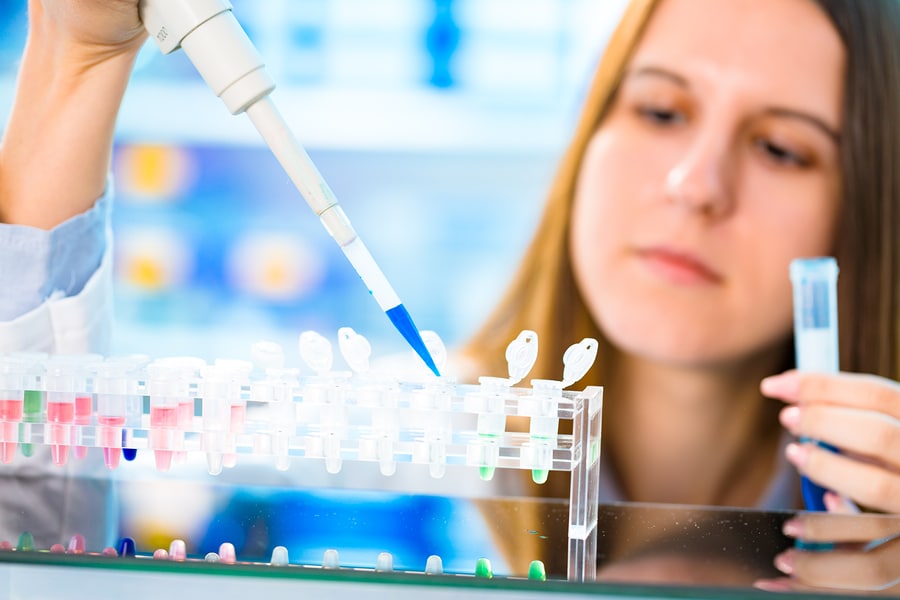Stem cell treatment is considered the world’s most advanced regenerative treatment and can be faster and lower risk than other available treatments. This type of therapy uses stem cells to treat a wide array of diseases and disorders.
How Does Regenerative Medicine Work?
Stem cells are cells that under the right circumstances can be divided to form more cells. The newly formed cells can either become new stem cells or cells with a specialized function such as blood or brain cells. No other cell types in the body have the ability to generate new cells types in this way which is why stem cells are such a valuable resource in treating conditions such as degenerative disc disease. Stem cells can be taken from several sources including embryos and adult cells usually found in marrow or fat.
cells are cells that under the right circumstances can be divided to form more cells. The newly formed cells can either become new stem cells or cells with a specialized function such as blood or brain cells. No other cell types in the body have the ability to generate new cells types in this way which is why stem cells are such a valuable resource in treating conditions such as degenerative disc disease. Stem cells can be taken from several sources including embryos and adult cells usually found in marrow or fat.
Stem cell therapy takes advantage of the stems cells ability to transform and can be used to generate specific, healthy cells that can help repair damaged and diseased tissue. This type of therapy is called regenerative medicine. Stem cells are grown in a lab and guided to become the specific, needed cell type. For instance if a patient is recovering from a leg injury, stem cells could be manipulated into a specific cell type and then injected into the leg. The developed stem cells would then work to help heal the injured leg muscle and tissue. The transformative properties of stem cells make them incredibly helpful to a wide variety of patients and injuries.
Degenerative Disc Disease
Degenerative disc disease, or DDD, typically develops over time. As a person ages the cushions between one’s vertebrae slowly wear down and deteriorate. This deterioration can cause pain and discomfort. DDD commonly develops in the spinal region, particularly the lumbar spine or low back. This is because the spine is largely responsible for the distribution and absorption of the body’s weight. When the spinal discs are no longer functioning as healthily as they use to, pressure and stress will develop in the low back which can result to chronic pain and inflammation in severe cases. While DDD is asymptomatic in most cases, some patients can experience severe and chronic low-back pain.
Get Back Your Normal Life Again
As pain specialists, we can guarantee that we are more than qualified in alleviating your pain and treating your condition.
While age is the most commonly associated risk factor for DDD, there are other causes as well. Strenuous, repetitive physical work can be hard on the body and lead to degenerative disc disorder as well as obesity or a serious fall or accident. Regardless of the cause, DDD can appear as an occasional irritation or be entirely disabling depending on the severity of the disease.
Benefits of Regenerative Medicine
There are many treatment options available to alleviate the symptoms of DDD. Some typical recommendations include physical therapy, medications and surgery. Stem cell therapy is now becoming more commonly recommended as well. Stem cell therapy offers the following benefits:
- Advanced healing and shorter recovery time
- Improved pain relief
- Decreased inflammation
- Increases in flexibility and range of motion
- Effective alternative to surgery
The Procedure
If you and your medical team decide to move forward with stem cell treatment, you will find the entire process fairly straightforward. Stem cells are harvested from your body or procured from another source. These cells are then developed in a lab to create the type of cells that are needed. The cells are then injected into your spine. The injection is typically an outpatient procedure and anesthesia is not normally needed. You may find relief from one treatment or need multiple injections.
Drawbacks
As with any medical procedure, there are possible risks associated with this type of treatment. Possible risks include adverse reactions at the injection site such as bleeding or nerve damage, as well as a possibility of failure of the cells to work as expected. There are also unscrupulous practices that perform these types of procedures without the proper training and credentials. As with any type of medical procedure, discuss your options thoroughly and only work with a practitioner that is happy to discuss their experience and answer all of your questions to your satisfaction.
Is Regenerative Medicine Right For You?
If you are suffering from back pain, you have probably explored a myriad of treatment options. Stem cell treatment and its restorative properties can help improve degenerative disc tissue and alleviate your pain. However, there are a number of factors to take into your account. Your health history and current health may exclude you from this type of treatment. Your personal preferences are also important. While stem cell therapy, in the hands of a qualified professional has the potential to dramatically improve your quality of life, you may prefer a more traditional route such as surgery. These are all things to consider and discuss with your medical team.
There’s no reason for you to live in pain. If you suffer from degenerative disc disease and are looking for relief, call our office for a consultation today. We are qualified and caring experts that specialize in improving back pain and spinal disorders. We will listen to your goals and develop a treatment plan to achieve them.

